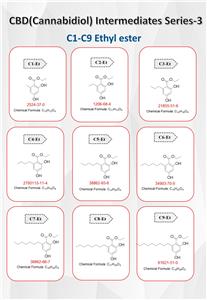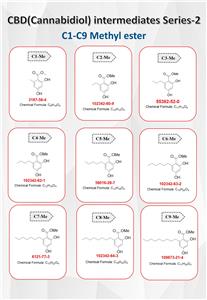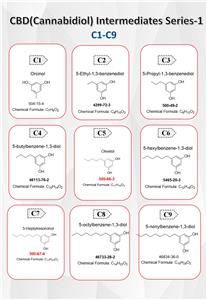The Clock is ticking – it’s time to end TB deaths among people with HIV!
People with HIV are at increased risk of dying from TB, particularly when TB goes undiagnosed or is diagnosed late. People with HIV are three times more likely to die during TB treatment compared with all newly diagnosed TB patients. In 2019 less than half of the people with HIV and TB received appropriate care, largely due to a 44% gap in detection of HIV-associated TB. High quality TB screening is a critical intervention to ensure that people with HIV receive timely treatment for TB disease or TB infection.
The new guidelines on systematic TB screening and accompanying operational handbook provide TB and HIV programmes with a range of new TB screening tools to enhance the early detection of TB among people with HIV. As part of the guidelines update, a systematic review was conducted to identify optimal strategies to screen for TB among people with HIV, in addition to the WHO-recommended four-symptom screen (i.e. current cough, fever, weight loss and night sweats). The review found that:
supplementing the WHO-recommended four-symptom screen with chest x-ray increases sensitivity, which is particularly important for people with HIV who are on antiretroviral therapy (ART) as the symptom screen alone has reduced sensitivity in this group.
The C-reactive protein test (CRP), which is available as a finger-prick point-of-care test, may also be used in high TB-burden settings, and was found to be particularly effective for people with HIV not yet on ART, with a higher specificity than the four symptom screen.
In high TB burden settings the molecular WHO-recommended rapid diagnostic tests (mWRDs) for TB diagnosis, may also be used for TB screening. They offer a distinct opportunity to fast-track the diagnosis and treatment of TB among hospitalized HIV patients for whom other screening tools have lower specificity.
In practice, the newly recommended screening tools may be used in combination with the four-symptom screen during initial HIV clinical evaluations, with an intensified “boost” screen annually thereafter as part of regular HIV care, such as viral load monitoring. The four-symptom screen should still be used during all other interim health care encounters with health staff or peer supporters within the differentiated service delivery model. WHO-approved diagnostics such as mWRDs and Lateral flow urine lipoarabinomannan assay (LF-LAM) should be scaled up accordingly to ensure timely diagnostic confirmation.
The recently released 2021 update of WHO’s HIV Clinical and Service Delivery guidelines recommends that people with HIV who are not receiving ART and who are found to have TB, should start ART within two weeks of the start of TB treatment, regardless of the CD4 cell count. Previously this was recommended only for people with a CD4 cell count of less than 50 cells/ml.
“With the tools and strategies we now have for TB prevention, screening, diagnosis and treatment ending deaths among people living with HIV should be in sight” said Dr Tereza Kasaeva, Director of the Global TB Programme, adding: “Once taken to scale, we should see a significant reduction in the burden and suffering of people with HIV from what should be an entirely preventable disease”
Dr Meg Doherty, Director of WHO’s Global HIV, Hepatitis and Sexually Transmitted Infections Programme highlighted that “As countries update their national strategic plans for TB and HIV, now is the perfect opportunity to include these additional screening tools within national algorithms together with the latest TB diagnostic technologies.”
From WHO offcial website, Mar. 24, 2021




